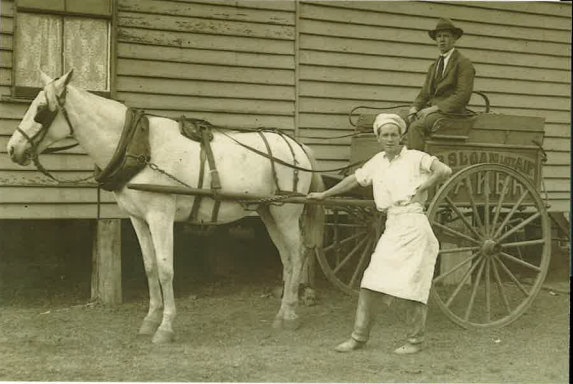
On Armistice Day, 11 November, we remember those who made the ultimate sacrifice during war, but also those who came back from the horror and had to try to make a new life.
The tragic arms of World War I spread across the world, reaching from Europe as far as Australia and into our region. The patriotic fervour whipped up by war propaganda inspired many young men to enlist and one of them was young Wollombi baker, Philip Sloan. He was to find himself fighting for his life on the front line in France.
Philip, born in 1898, was the eldest of seven children born to Alexander and Louisa Sloan, who moved to Wollombi in about 1905. Alexander was a baker and he operated a bakery in the town until his death in 1911. His wife Louisa carried on the family business, despite also having to look after her large family, until she died in 1914.
When World War I was declared Philip was 16 years old and had lost both his parents. He and his younger siblings continued to live at Wollombi and Philip became a baker like his father. When he turned 18 he enlisted in the army, becoming part of the newly created 34th Battalion. This battalion planned to draw most of its recruits from the Lower Hunter Valley, but importantly it also included the men of the famous recruiting march known as the ‘Wallabies’.
Philip was sent overseas and he saw active service in France for the next two years, becoming wounded in action multiple times. In 1919 he returned to Australia and came home to live in Wollombi. 1921 proved to be an important year, he married Neredah Sharp and later that year they welcomed their first child, Bernard Philip.
The family’s bakery business had been sold after his mother’s death, but in early 1921 Philip bought the family’s old bakery back and re-opened it. He was able to employ his younger brother, William, who also became a baker, eventually having his own bakery in Cessnock.
After a couple of years Philip moved to Cooma, where he opened ‘The Royal Bakery’ and became involved in the local community, standing successfully as an Alderman on Cooma Municipal Council. A daughter, Rita Lorraine, was born and a number of years later a second daughter, Ruth Helen.
Life had seemingly become successful for the Wollombi former soldier. In 1938 he was appointed Head Teacher of Practical Baking and Pastry Cooking at Sydney Technical College. But tragedy lay ahead. In 1942, Philip and Neredah’s youngest child, 13 y.o. Ruth died suddenly in a shocking accident at their Lane Cove home.
Their marriage broke down soon after and they divorced.
Philip was disconsolate; he sent desperate letters to Neredah pleading for her to come home and professing his love. Neredah eventually re-married, but Philip did not. He concentrated on his career as a talented teacher of bakery and fancy pastry making at Sydney Technical College, working up until his death aged only 60 years.